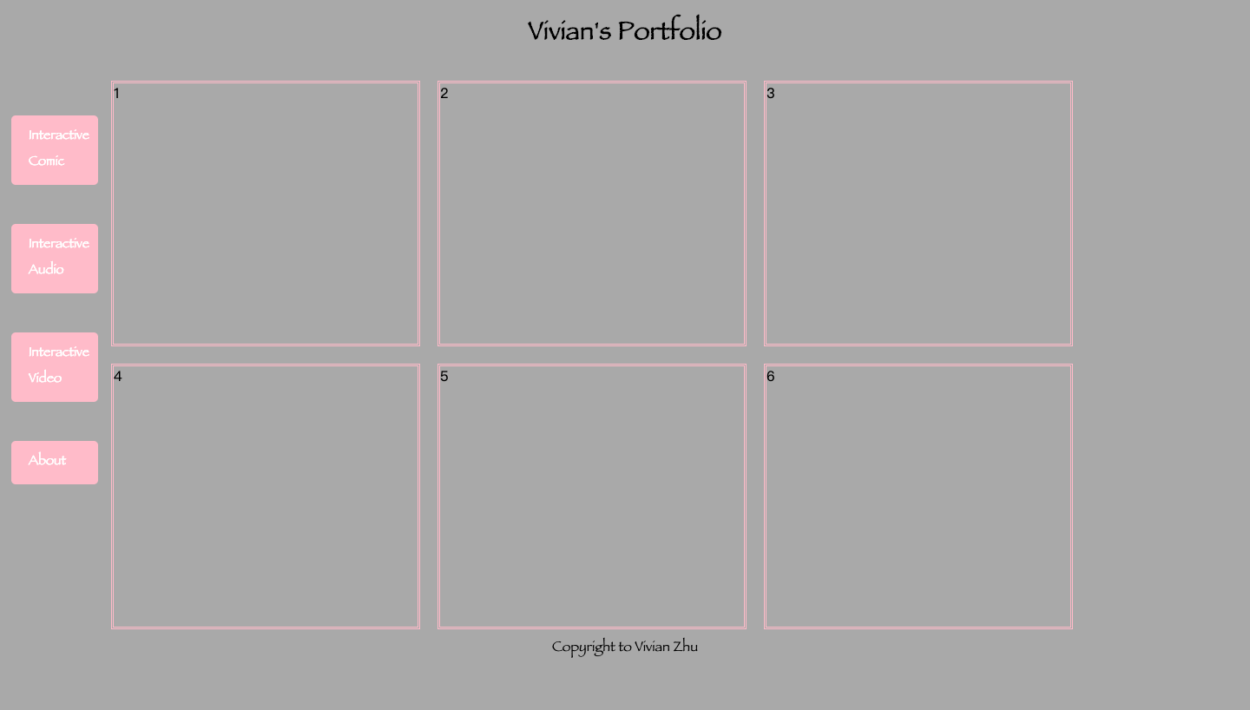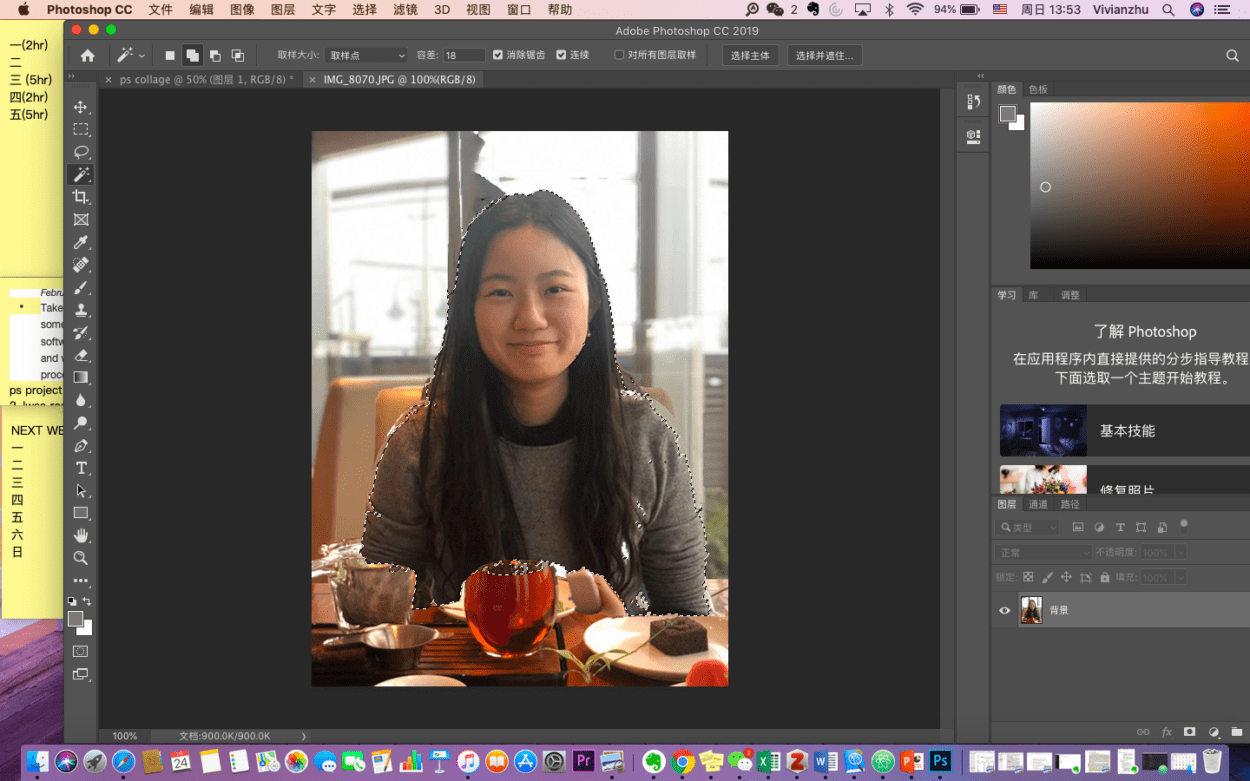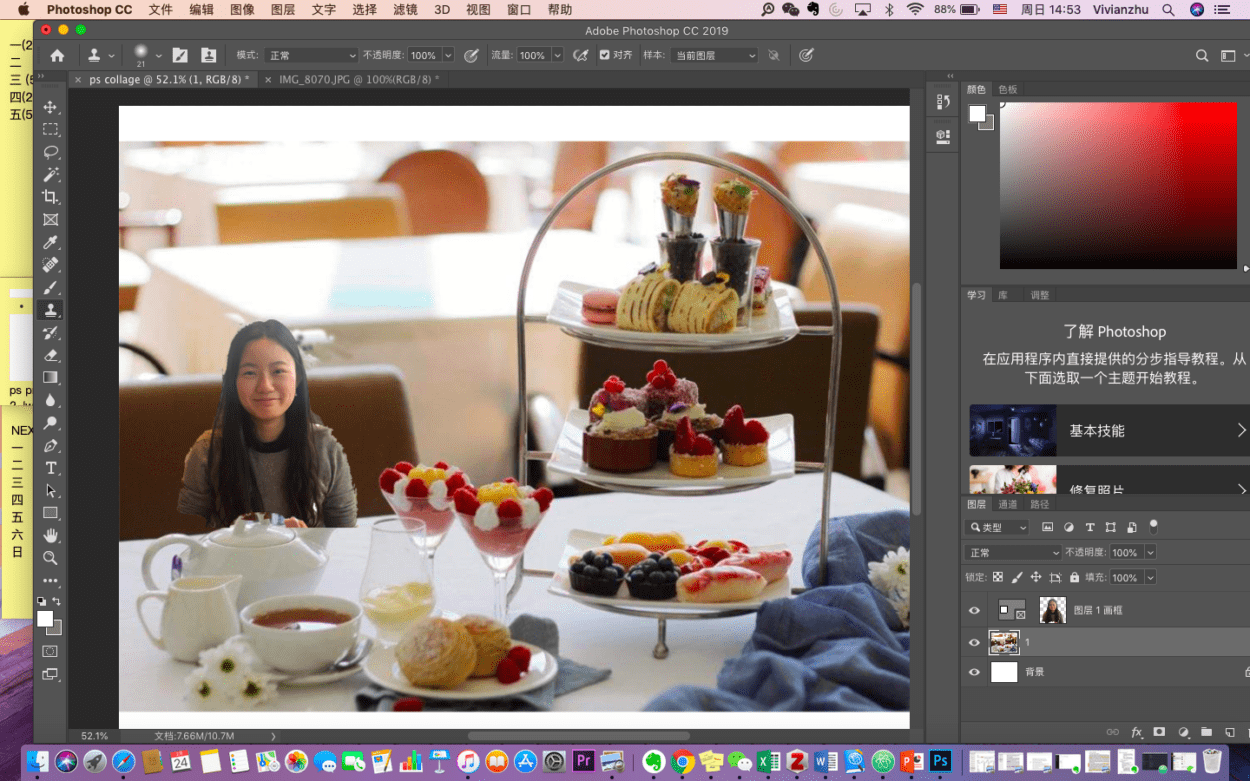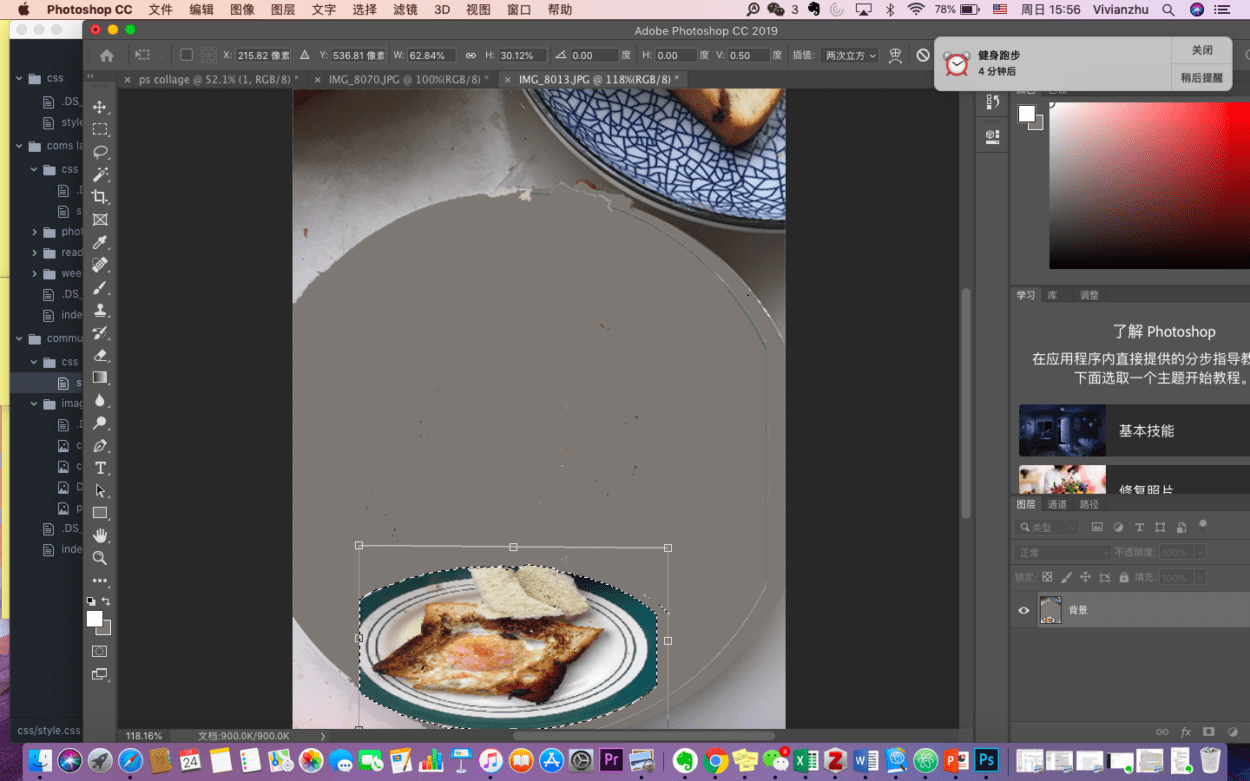Please see my INDEX website here:
sftp://imanas.shanghai.nyu.edu/home/www/week1/index.html
The website is designed to introduce myself. I’m not intended to build the About Page a long one with lots of information. Instead, you can get most of the information about me in a few sentences with links. I hope you will like it.
More decorations and polishing will be done. Keep tuned.
The two articles I read: “Long Live the Web” and “The Strange Geopolitics of the International Cloud” both talk about to some extent of how does the Web reflects the real world and shapes it.
The Web, by metaphor, is one of the applications that run on the electronic network, i.e. Internet, to transmit information according to some open protocols like TCP/IP. Five principles apply in order to get rid of the threats towards the Web development. They are universality, open standards, separation from the Internet, net neutrality and no snooping (which is a result of mixing with the Internet). Some future capabilities of the Web are provided such as HTML5 language, linked data.
From an institutionalist view, communication is power and the Web is an instrument (equivalent to instant messages and email) to make that happens. Because of some innate characters the Web owns such as liberty, freedom, and equality, the Web is entitled to some political sense. Those in power (like totalitarian government) regards the Web as a useful tool to control people, interpret the human rights and distinct groups, thus resulting in the fragmentation of the Web, causing isolation and power separation around the globe. For example, the dispute on “data sovereignty” is a product resulting from the allocation of the Cloud (international data storage). Because of the surging of the amount of data, they can no longer be stored in their own network or server, but be subcontracted towards outside managers, who build warehouse specifically for data storage. The Cloud is hence built. The geographic positions is depending upon factors like weather, tax and sovereignty etc. Nevertheless, governmental policy affects the accessibility of these data, given different positions they have been stored in, like Russia’s data sovereignty that forces data storage to switch to Germany. Though the article “The Strange Geopolitics of the International Cloud” didn’t propose any suggestions on this geopolitical impact, combining “Long Live the Web”, I recognized three advice which would be helpful in mitigating this issue:
-
Build up a universal consensus on the data storage instead of negotiating with only one side or partial side. Consensus is the key to universality. A robust consensus equip all the participators inside the network with the same goal, mission, tasks etc., hence building a strong and efficient web management.
-
Develop an international communicating mechanism. After all, most the conflicts is caused by the disconnections between two parties. When figuring out the consensus mentioned above, it is significant that all the parties have a clear package of appeals, sit together to work out an agreement. Compromises and conflicts happen during that time, but no more conflicts should happen after the consensus is built. In this way, potential risks and delays would be avoided in advance when the data warehouse (the Cloud) is working. International organization like WTO can be a proper platform to set up the conversations.
-
A committee representative to the nation’s regarding the Web should be built. The Internet is a virtual world that reflects the real world. Similar approaches like those in the real world should be adopted to regulate problems happening in this virtual world. In this sense, I recommend each nation collaborate and set up a committee individually in addressing all the problems that come up.
The Internet is a transmitting machine that transfer the information created in each Web. In order to make this machine work smoothly, not only the communication in the virtual world is necessary, the exchange of information and negotiation should also happens virtually, in order to maintain worldwide data openness, safety and stability under today’s cosmopolitan context.
 Most of the work is done by referring to the lecture slides, as well as the W3school instructions. Just for fun, I changed the navigation part into button-like boxes, instead of hyperlinks that many other classmates may use. I may add the link towards them in order to add some interactivity. One of the two biggest challenges I ran into may be the margin between the blocks. Initially all the blocks are stick to one another, making the whole website really noisy. Yet when I tried to manipulate the “margin” as well as the “width” variables in defining my blocks, I found that’s exactly where the problem came from.
Most of the work is done by referring to the lecture slides, as well as the W3school instructions. Just for fun, I changed the navigation part into button-like boxes, instead of hyperlinks that many other classmates may use. I may add the link towards them in order to add some interactivity. One of the two biggest challenges I ran into may be the margin between the blocks. Initially all the blocks are stick to one another, making the whole website really noisy. Yet when I tried to manipulate the “margin” as well as the “width” variables in defining my blocks, I found that’s exactly where the problem came from. 


